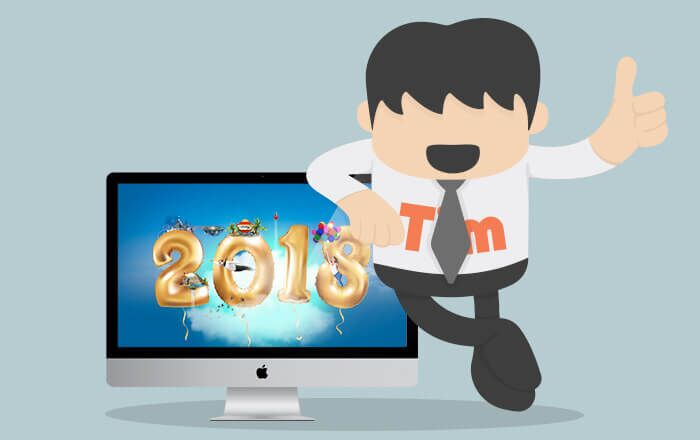Top Tips for Mac Users in 2024
Undoubtedly, screen times are steadily increasing as our computers become an even more intimate part of our lives. As we’re spending a lot of time on these devices, whether for work or play, it helps to be able to use them more efficiently and securely. Therefore, if you’re a Mac user, follow these top tips in 2024 to help you leverage your amazing machine in smarter, better ways.
Use Mac keyboard shortcuts
Keyboard shortcuts can save you a ton of time. Once you use them mindfully a couple of times, they become a useful habit. Utilising shortcuts has the potential to boost your daily productivity while avoiding repetitive strain injury.
Here are a few of the Mac keyboard shortcuts you should start using:
- Fastest way to collect files to a new folder: Select the files and tap Command + Control + N
- Cycling between windows within an application: Command+
- Close current window or tab: Command + W
- Hide the current window: Command + H
- Take a full screenshot: Command + Shift + 3. To select the area you want to capture: Command + Shift + 4
- Open an app Preferences window: When within the app, press Command + Comma
- Find spelling errors: Command + Semicolon
Looking for more? Here is a updated full list of shortcuts courtesy of Apple.
Delete unused or unwanted applications from your Mac
Unnecessary applications waste space on your hard drive and slow down performance. Use uninstallers proactively to free up space for storage. To ensure the unwanted applications are gone, go to Applications and drag the programs to your Trash. If you want to delete an application permanently, click and hold the Trash icon in the dock and select Empty Trash. And, if prompted confirm that you want to empty the trash.
Quit applications you’re not using
By exiting the window of an application on your Mac, you don’t close out of it completely. To do this you will need to Quit the program. We highly recommended this because programs running in the background will eat into your device’s battery life. As a result, your computer would have to work harder. You can identify which programs are running in the background by checking if they have a black dot under their icon in the dock. To Quit an application, right click on the icon in the dock and select Quit. Alternatively, you can click on the application name in the top left corner, and select to Quit the program(s).
Improve security practices
There are several steps you can take to improve your device’s security. Here are three that should definitely be on your radar:
A non-admin account for daily activities: The first account on your Mac at the time of setup is the admin account. This account can be used to delete or change files and install any software. Create a non-admin account for daily activities to lower the risk of deleting files you didn’t intend to or installing malicious software.
Uninstall standalone Flash Player: Adobe Flash is one of the commonly exploited software, requiring constant software updates to patch new flaws. If you don’t use the software, it is best to uninstall it manually or by using Adobe Flash Uninstaller.
Use a two-way firewall: Although Apple has a built-in firewall, you will need multiple layers of protection to defend against attacks. Considering the sophisticated operation of new malware and the rise in cyberattacks this is a must for Mac users. By running a two-way firewall, you can do much more than simply tackle inbound threats. It will also prevent malicious programs installed from connecting to the Internet and leaking your personal data.
Back up your files
The importance of backing up your files cannot be emphasised enough. Back up important documents and photos to iCloud, or at least an external hard drive. If you’re dealing with too many files, you can always delete the backed-up files from your computer to clean up your Mac. More importantly, backing up to the cloud or an external device will give you peace of mind. In the worst case – if your laptop is stolen or damaged – you would still have access to your data.
Take breaks
Finally, try to get in small five-to-ten-minute breaks after each hour at the computer. This will help you avoid repetitive strain injury, backpain, and dry eyes. Doctors suggest taking shorter, more frequent breaks rather than longer breaks after extended periods at the computer.
If you require any more guidance on the best security practices to protect Mac users in your London business, feel free to contact us at totality services for market-leading advice in IT solutions.
